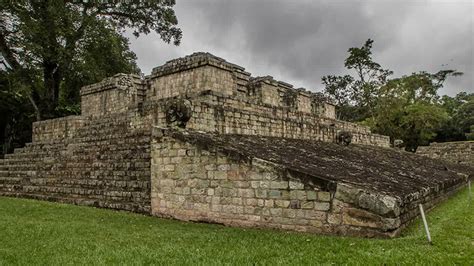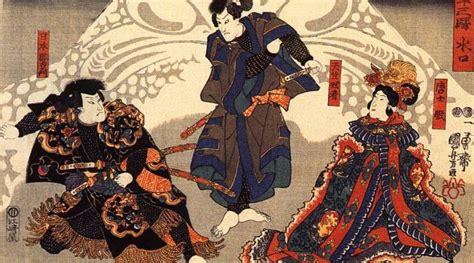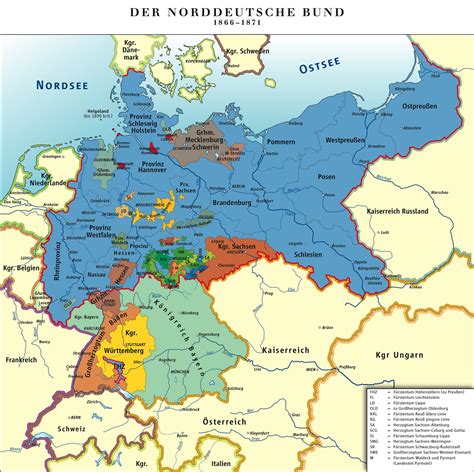Explore the early settlements, Mongol rule impact, Ukrainian Cossacks formation, WWII role, and independence from the Soviet Union in Ukraine’s rich history.
Early Settlements in Ukraine
Contents
The early settlements in Ukraine date back to the Paleolithic era, with evidence of human activity found in the region as early as 32,000 BC. The predominantly agricultural society of the Trypillian culture emerged in the Neolithic era, around 5400 BC, and left behind numerous settlements and artifacts. The Bronze Age saw the emergence of the Yamnaya culture, known for their advanced metalworking and horsemanship.
During the Iron Age, the Scythians and Sarmatians dominated the region, leaving behind richly decorated tombs and artifacts. The Greeks established colonies along the Black Sea coast, contributing to the cultural and economic development of the region. The early medieval period witnessed the arrival of the Slavic people, who settled and established numerous tribal territories.
The influence of the Byzantine Empire and the spread of Christianity brought about significant cultural and religious changes. The Varangians, Scandinavian warriors, also played a role in the early history of Ukraine, establishing trade routes and influencing the political landscape. The early settlements in Ukraine laid the foundation for the rich and diverse cultural heritage of the country.
The archaeological findings and historical records provide valuable insights into the early development of human civilization in Ukraine. The ancient settlements and civilizations that once thrived in the region have left a lasting legacy that continues to shape the identity of the Ukrainian people.
Impact of Mongol Rule on Ukraine
The Mongol invasion of Ukraine in the 13th century had a profound effect on the region, shaping its history for centuries to come. The Mongols, led by Batu Khan, swept through Ukraine, sacking cities and devastating the countryside. This period of occupation, known as the Mongol Yoke, brought significant changes to Ukrainian society and culture.
Under Mongol rule, Ukraine became part of the vast Mongol Empire, which stretched from China to Eastern Europe. The Mongols imposed heavy taxes on the Ukrainian people, leading to economic hardship and widespread poverty. The invasion also disrupted trade routes and agricultural production, causing further suffering for the local population.
Despite the hardships of Mongol rule, it also brought about some cultural and political developments in Ukraine. The Mongols allowed a degree of autonomy for the local princes, as long as they swore allegiance to the Mongol khans. This arrangement led to the rise of the principality of Galicia-Volhynia, which played a key role in shaping the early identity of Ukraine.
Furthermore, the Mongols’ influence extended beyond political and economic matters. They also had an impact on Ukrainian art, architecture, and religious practices. The Mongols’ tolerance of different faiths allowed for the spread of Christianity and the construction of new churches and monasteries across Ukraine.
In conclusion, the Mongol rule had a lasting impact on Ukraine, shaping its society, economy, and culture in profound ways. While the period of Mongol domination was marked by hardship and suffering, it also contributed to the development of Ukraine as a distinct and resilient nation.
Formation of the Ukrainian Cossacks
The Ukrainian Cossacks were a group of fierce and skilled warriors who played a significant role in the history of Ukraine. The formation of the Ukrainian Cossacks can be traced back to the 15th century, during a period of intense turmoil and instability in the region. As the Mongol Rule began to decline, the Cossacks emerged as a self-governing military community, initially serving as frontier guards and defenders of the Ukrainian steppe.
Over time, the Cossacks became known for their fierce independence and their unwavering commitment to protecting their homeland. They were highly skilled horsemen and adept at guerrilla warfare, making them a formidable force on the battlefield. Their strict military discipline and code of honor, known as the Cossack Code, set them apart as a unique and respected fighting force in Eastern Europe.
One of the key factors in the formation of the Ukrainian Cossacks was the unique political and social landscape of Ukraine at the time. The region was characterized by a lack of centralized authority, which allowed the Cossacks to operate largely autonomously. This freedom and independence were crucial in shaping the identity of the Cossacks and their role in Ukrainian history.
The Cossacks played a pivotal role in numerous conflicts and uprisings throughout the 16th and 17th centuries, including the famous Khmelnytsky Uprising, during which they fought against Polish domination and for Ukrainian independence. Their bravery and military prowess earned them a fearsome reputation and cemented their place in the annals of Ukrainian history.
In conclusion, the formation of the Ukrainian Cossacks was a significant chapter in the history of Ukraine. Their emergence as a powerful and independent fighting force had a lasting impact on the region and helped shape the cultural and political identity of the Ukrainian people. The legacy of the Cossacks continues to be celebrated in Ukrainian culture to this day.
Ukraine’s Role in World War II
Ukraine’s role in World War II was significant, as the country was a battleground for various military forces. The invasion of the Soviet Union by Nazi Germany in 1941 led to the occupation of Ukrainian territories. The Ukrainian people suffered greatly during the war, as they were caught in the crossfire between the Nazis and the Soviets.
The Ukrainian Insurgent Army (UPA) fought against both the Germans and the Soviets, seeking to establish an independent Ukrainian state. The UPA’s resistance efforts were met with fierce opposition, resulting in widespread devastation and loss of life.
Ukraine was also a major battleground on the Eastern Front, with some of the largest and most destructive battles taking place on Ukrainian soil. The city of Kiev was the site of a brutal and prolonged siege, resulting in massive destruction and civilian casualties.
After the war, Ukraine became a part of the Soviet Union, and its wartime experiences were largely overlooked or suppressed by the communist regime. It wasn’t until the dissolution of the Soviet Union in 1991 that Ukraine was able to openly acknowledge and commemorate the sacrifices made by its people during World War II.
Independence of Ukraine from the Soviet Union
Independence of Ukraine from the Soviet Union
Independence of Ukraine from the Soviet Union
The independence of Ukraine from the Soviet Union was a significant event in the history of the country, marking the end of decades of communist rule and the beginning of a new era of sovereignty and self-determination. The process of achieving independence was complex and challenging, involving political, social, and economic upheaval as the Ukrainian people sought to break free from the control of the Soviet regime.
One of the key milestones in the journey to independence was the fall of the Soviet Union in 1991, which created an opportunity for Ukraine to assert its autonomy and establish itself as a separate nation. Following a referendum in which an overwhelming majority of Ukrainians voted in favor of independence, the country officially declared its sovereignty on August 24, 1991, with the adoption of the Act of Declaration of Independence of Ukraine.
The road to independence was not without its challenges, as Ukraine faced political instability, economic turmoil, and social unrest in the aftermath of the dissolution of the Soviet Union. However, the Ukrainian people remained resolute in their determination to forge their own path and build a prosperous and democratic nation.
With the establishment of an independent government and the adoption of a new constitution, Ukraine began the process of building strong international relationships and asserting its presence on the global stage. The country’s independence has been a driving force behind efforts to modernize and develop its economy, infrastructure, and social institutions, as well as to strengthen its national identity and cultural heritage.
The independence of Ukraine from the Soviet Union represents a transformative moment in the history of the country, marking the beginning of a new chapter in its development and laying the foundation for the modern Ukrainian state. It stands as a testament to the resilience and determination of the Ukrainian people to pursue freedom, democracy, and prosperity, and to assert their rightful place among the community of nations.













